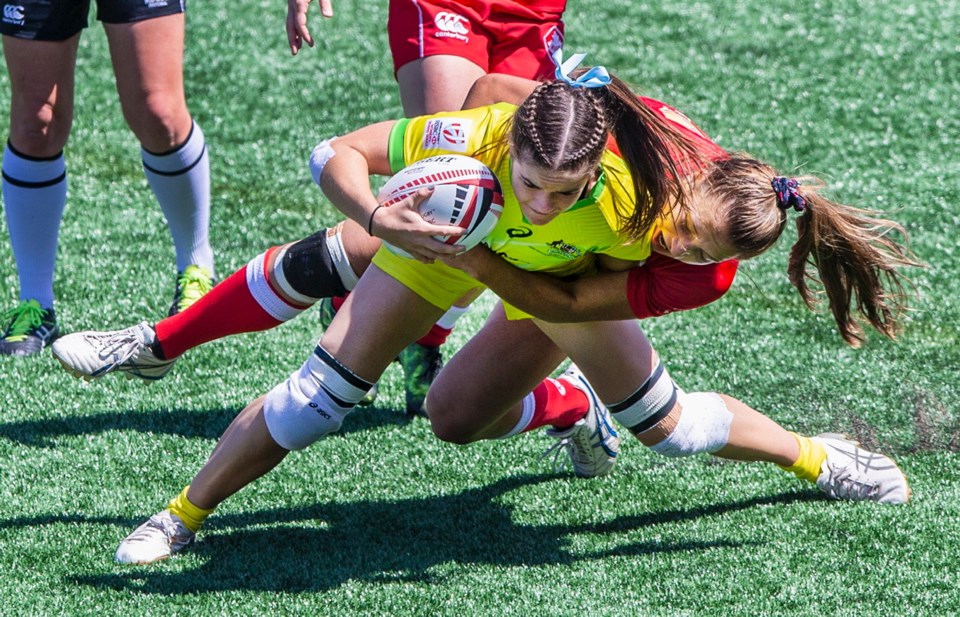Concussions can happen in sports any time during the run of play. Even sometimes before, as happened to Victoria cyclist Nic Hamilton, when he crashed into a velodrome official while training the day before the 2014 Glasgow Commonwealth Games.
The new standardized concussion guidelines released this week by the Canadian Olympic Committee, Canadian Paralympic Committee and Own the Podium will help to better assess the many national team athletes who train on the Island.
“These national high performance sport concussion guidelines are a product of extensive collaboration within the network,” said Dr. Brian Benson, chief medical officer and director of sport medicine at Canadian Sport Institute-Calgary.
The network of national training centres includes Canadian Sport Institute-Pacific, which has campuses in Victoria, Richmond and Whistler.
“This is an issue we are very concerned about,” said Wendy Pattenden of Victoria, CEO of CSI-Pacific.
“We want to make sure everybody understands the protocol. There are so many stories of athletes [suffering] 10 years later. We want to make sure we are as preventative as possible.”
These programs don’t happen in isolation and many national sport organizations also have established their own guidelines.
“We saw what happened in football, and so rugby has been in front of this issue,” said John Tait of Mill Bay, head coach of the Langford-based Canadian women’s rugby sevens team.
“This has been well addressed at the highest levels of rugby. You can’t be too careful. People only have one brain.”
What concerns Tait most are the lower and youth levels of sport in Canada, where the expertise of organizations such as World Rugby, COC and Own the Podium don’t reach.
“My worry is the junior and high school levels, where there may be a lack of understanding,” said Tait.
“And I certainly do not believe in uncontrolled, full-contact, tackling below the age of 12.”
Coaches and officials at lower levels of sport might be well-meaning, but otherwise not properly equipped to deal with the issue of concussions.
“In Canada, we pair new coaches with new players, which is not an ideal model,” said Tait.
Progress, meanwhile, continues to be made at the elite levels of sport. The gist of the new COC protocol is cognitive baseline testing of athletes at the beginning of each season to produce hard data and evidence-based guidelines. Any variance of normal numbers from an athlete’s cognitive baseline, after a hit to the head, can be used to evaluate whether a concussion has occurred, and to what extent, and what follow-up steps need to be taken.
“[Top-level] rugby has been using the baseline model for the last three years and we use it rigorously in every practice and training session and every game of every tournament,” said Tait, who guided the Canadian women’s sevens team to the bronze medal at the 2016 Rio Summer Olympics.
The announced COC model gives the process more objectivity, said Dr. Brian Christie, a neuroscientist and director of the Vancouver Island Concussion Project at the University of Victoria.
“I am a proponent of baseline testing,” said Christie.
“Much of the current system is highly subjective — sometimes basically asking if an athlete has a headache. The baseline model is part of a field that is constantly evolving. I can see a lot of sports associations adopting this.”



